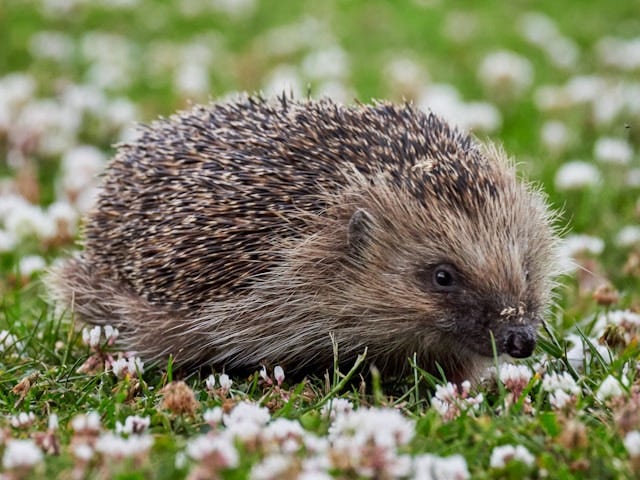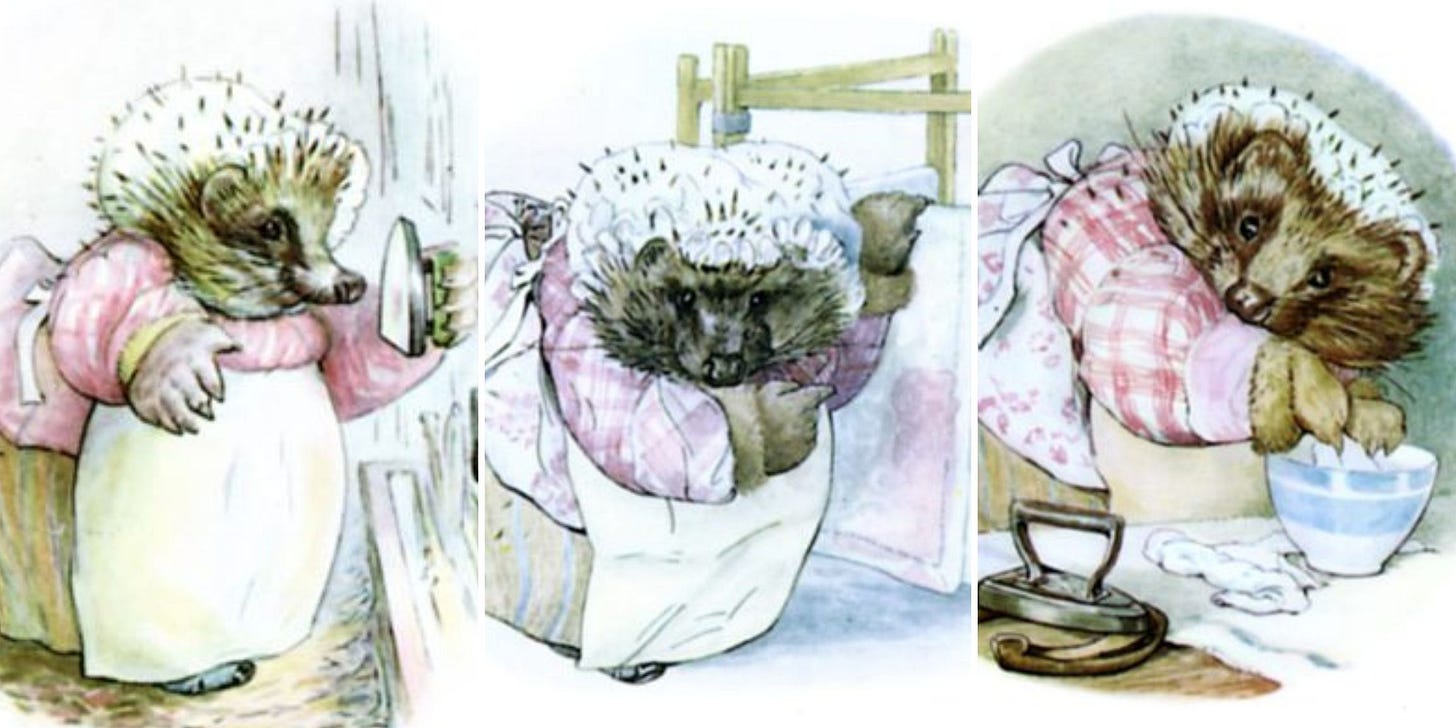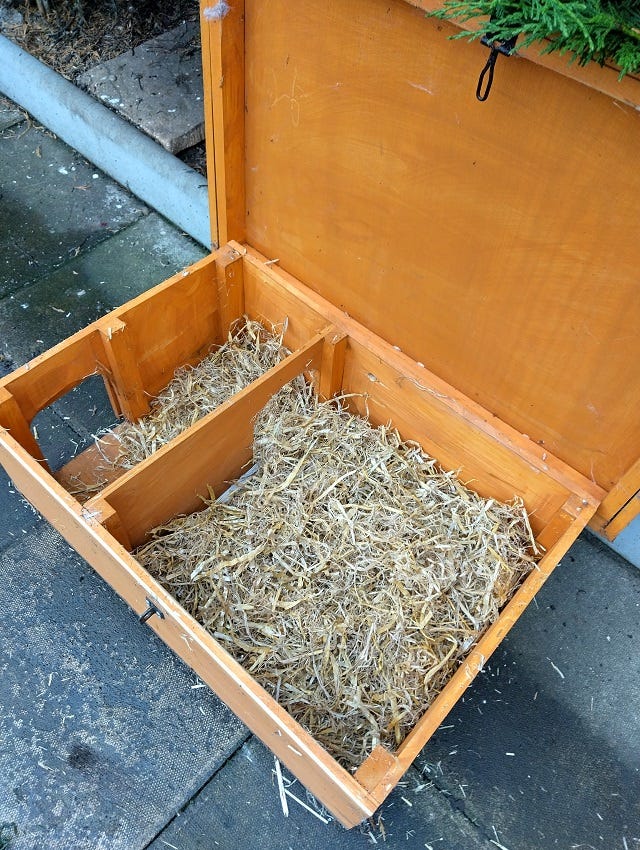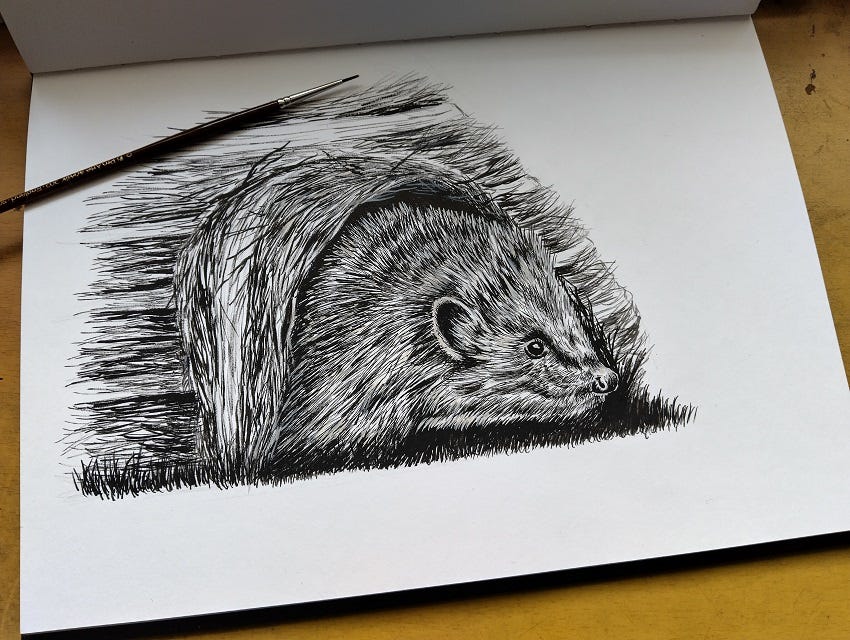Hedgehogs are one of the most recognizable and adored little creatures on the planet. A common character in children's literature as well as myths and folklore, the distinctive spines on their back and their endearing characteristics have marked them out as one of our favourite garden animals.

About Hedgehogs
There are about 17 different species of hedgehog, with probably the most familiar being the European hedgehog. Hedgehogs spend a large part of their life asleep. They hibernate throughout the winter, finding a cozy shelter of fallen leaves in a quiet corner. Even during spring and summer they spend a large part of the day asleep, emerging only at night.
Known as the gardener's best friend due to their habit of eating beetles and worms from gardens, they can often be seen (or heard) munching away at night. They will eat anything edible they can find, including birds eggs and small amphibians.
Hedgehogs actually have quite long legs for their size, and a short tail. There are about 7,000 spines on their back (actually hollow hairs made stiff with keratin). They provide a unique defense for the hedgehog - they can roll themselves into a tight ball when threatened, essentially becoming a ball of spikes. This is usually enough to deter predators such as cats or badgers.
Hedgehogs in Literature
Hedgehogs have become a popular and beloved character in children’s fiction, most famously by Beatrix Potter in her Mrs Tiggy-Winkle story. Two hedgehogs also feature in Kenneth Grahame’s story The Wind in the Willows. Rudyard Kipling's Just So Stories have a hedgehog character called Stickly-Prickly. And Watership Down by Richard Adams has a mythical hedgehog called Yona.

And of course we can’t forget Sonic the Hedgehog, the anthropomorphic star of Sega video games.
But hedgehogs have featured in stories and myth long before that, indeed the likeness of hedgehogs can be found in ancient Egyptian beads, statues and amulets. In some European cultures, the hedgehog was considered a sign of good luck.
Hedgehog Day?
The common American celebration Groundhog Day apparently has its origins in Ancient European weather lore where a hedgehog (or sometimes a badger) was thought to predict the weather. German immigrants brought the tradition to the United States. As there were no native hedgehogs in the USA, the Pennsylvania Dutch chose a groundhog as a substitute.
Helping Hedgehogs
Although hedgehogs are generally nocturnal animals, they may occasionally appear during the day. In the summer months female hedgehogs may come out during the daylight hours to forage for nesting material and extra food for her young.
Unfortunately hedgehog numbers have declined rapidly in the UK. In the 1950s there was estimated to be approximately 30 million hedgehogs. Nowadays that number has dropped to around 900,000. They have now been red listed, which means they are at risk of local extinction.
But there are ways you can help hedgehogs. At this time of year, mid November, hedgehogs start to hibernate. Provide a safe environment for them in gardens and backyards. Collect logs, leaves and twigs so that they can build nests themselves. Buy or build a hedgehog hibernation box for them to spend the winter. Fill it with straw and leaves and you might get some visitors spending the winter there.

Please have a look at the British Hedgehog Preservation Society (BHPS) and the People’s Trust for Endangered Species. Both these organizations, as well as numerous local charities, are doing wonderful work to help hedgehogs.
Drawing Hedgehogs
Hedgehogs are fun to draw! Trying to depict all the spines on their backs can certainly be a challenge however. The best approach for me is not to get too concerned about drawing every single spine or hair. Instead, I use rapid movements of the pencil to give the suggestion of mass and form.
Getting out the sketchbook and using good old fashioned pencil is always the best way for me to begin studying the features of an animal. Using brush and ink can also provide great practice.

I finish my hedgehog journey with this piece in soft pastel. This little fellow is taking a daytime stroll to collect some food. Soft pastel provides a great medium for depicting wildlife. You can get vibrant colours and fine detail. The lush green provided an ideal backdrop to let the distinctive colour and shape of the hedgehog stand out.
“A Quiet Time”. Soft pastels on Uart sanded paper. 11.7” x 8.3”. This original artwork is available to purchase from my website. Click here for more details.
And Finally..
Thank you for reading this blog post. I hope you enjoyed it.
Visit my website at www.richardmacwee.com You can view all my artwork and also purchase originals, prints and cards.
I also have an Etsy shop that you can browse.
I have a new selection of Christmas cards available. View the range here. Some are getting low in stock!!
Thank you to everyone who subscribes, follows, likes and comments. I really appreciate it.
Unless otherwise stated, all artwork on this blog post is ©Richard Macwee
Leave a comment. I’d love to hear from you.










I'm in the US so sadly I haven't seen any hedgehogs in the wild, though I can confirm that we do have a few groundhogs. I enjoyed your spotlight on these delightful creatures and your beautiful drawings of them. I hope you get some visitors to your hibernation box this winter!
your newsletter on your perspective on the hedgehog is interesting and inspiring. through your research and your illustrations that you warmly present to us.
This reminds me of a newsletter I wrote about the hedgehog, but from a different perspective.
As a representation of our mood, character towards society.
And how we and him are no different. I titled it: "The Autumn edgehog: a meditation on serenity."
I enjoyed discovering new knowledge about our friend the “hedgehog” through your writings. Because I was able to enlarge my field of vision, and see this adorable animal from another aspect.
A pleasure to have read your enriching text.